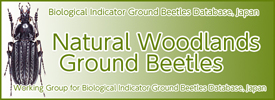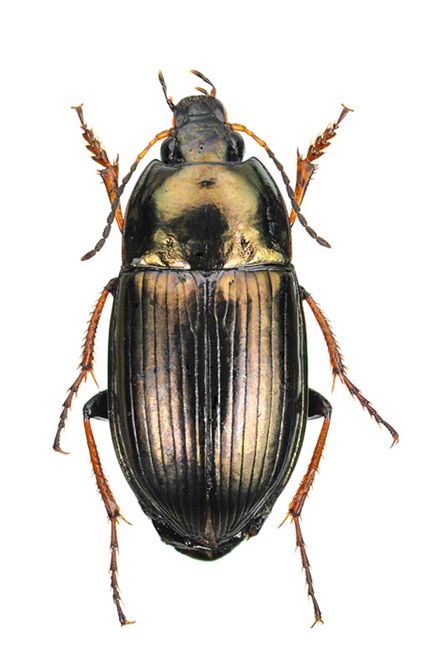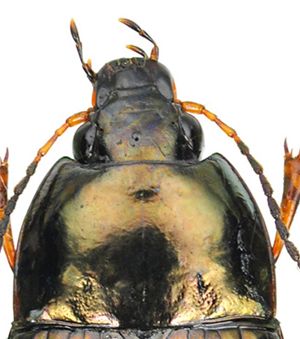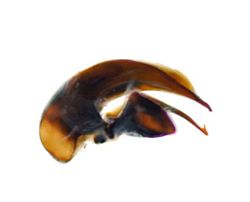| Ecology |
hygrophilous (Togashi and Ura 1994), cultivated area (Inoue 1972a), grassland (Inoue 1972a, Suzuki and Sakuratani 2010), paddy field (Torii 1974, Yahiro et al. 1992), paddy levee (Inoue 1974c, Inoue 1975a, Inoue 1976a, Inoue 1976e, Inoue 1977a), firm field (Inoue 1979a), apple orchard (Koyama and Yamada 1980), riverbed (Terada 1983, Lee and Ishii 2010), bareland (Higashi et al. 1983), grassland (Higashi et al. 1983, Hori 2001), margin of deciduous broad-leaved forest (Higashi et al. 1983), plantation of Larix leptolepis saplings (Higashi et al. 1983), bank (Aono 1987, Aono 1988), burnt field (Togashi 1988), vineyard (Yano et al. 1989, Togashi and Ohbata 1995), burnt radish field (Togashi and Koh 1992a), burnt radish field of Setaria italica and Echinochloa esculenta (Togashi and Koh 1992b), woods (Sunose 1992, Sunose and Kurosawa 1992, Hori 2003), forest edge (Sunose 1992, Sunose and Kurosawa 1992, Hori 2001), slope of mound (Sunose 1992, Sunose and Kurosawa 1992), fallow field (Sunose 1992, Sunose and Kurosawa 1992), onion field (Togashi and Kitajima 1993), pear orchard (Togashi and Ura 1994), broad leaved deciduous forest (Togashi and Hashimoto 1994), fig orchard (Ishitani and Yano 1994, Ishitani 1996), forage crop field (Ishitani et al. 1994), upland field (Kimoto and Yasuda 1995), waste land (Kimoto and Yasuda 1995), relatively dried grassland and woods in riverbed (Kimoto and Yasuda 1995), seaboard herbosa (Kimoto and Yasuda 1995), riverain grassland (Kimoto and Yasuda 1995), riverbed (Ishitani 1996, Ishitani et al. 1997, Yamazaki et al. 1999), rape field (Ishitani 1996), field of residential area (Ishitani 1996), residential area (Ishitani 1996), urban area (Ishitani 1996), park forest (Hori 2003), riverside forest (Hori 2003), Larix kaempferi forest (Hori 2003), broad leaved forest (Matsumoto 2005), field (Salah et al. 2004), forest (Hori 2001, Hori 2008, Suttiprapan and Nakamura 2007), paddy field (Yahiro 2007, Lee et al. 2008, Kagawa 2008), pasture (Kagawa 2008), orchard (Kagawa 2008), coppice forest (Kagawa 2008), Satoyama forest (Suzuki and Sakuratani 2010), broad-leaved secondary forest (Hori 2003), adult (Inoue 1952f, Habu and Sadanaga 1963, Ishitani 1996, Yamazaki et al. 1999), from June to October (Inoue 1952f), In our breeding room during the beginning of April and the latter part of April (Habu and Sadanaga 1963), from March to April (Ishitani 1996), spring (Yamazaki et al. 1999), herbivore (Ishitani 1996), seeds of Stellaria media (Yuasa 1935, Siraki 1954), leaves of Myosoton aquaticum (Yuasa 1935), seeds of Myosoton aquaticum (Siraki 1954), seeds of Capsella bursa-pastoris (Okano 1944, Habu 1950, Siraki 1954), Cerastium glomeratum (Kurata 1951), fruit of Brassica rapa (Adachi 1937, Siraki 1954), larvae of Pseudaletia separata (Syoujima 1905), larvae of Mamestra brassicae (Nawa 1907), Collembola (Nawa 1907), larvae of Chrysomelidae (Nawa 1907), aphids (Nawa 1907), planthopper (Nawa 1924), Pales pavida (Takaoka 1950), larvae of Naranga aenescens (Mukaigawa 1920), larvae of Cnaphalocrocis exigua (Mukaigawa 1920), Nephotettix cincticeps (Mukaigawa 1920), Agrostis gigantea (Inoue 1952d), Phleum pratense (Inoue 1952d), Poa pratensis (Inoue 1952d), Poa annua (Inoue 1952d), Capsella bursa-pastoris (Inoue 1952d), seeds of Rorippa islandica (Inoue 1952d), seedling of Chinese cabbage (Inoue 1972c), seedling of radish (Inoue 1972c), strawberry (Inoue 1972c, Takano 1977), tadish roots (Mizukoshi 1993a, 1993b, Mizukoshi 1994), to injure the seedling of Abies sachalinensis Fr. Schum., Picea jezoensis Carr., Larix leptolepis Gord., Populus sieboldii Miq., Betula spp. and Fraxinus mandshurica Rupr. var. japonica Maxim. (Inoue, M. 1953), the adults liberate the roots of the nurseryplants from the soil and cause to wither them inasmuc as they move under the surface of nurseries (Uchida 1954), to shelter into the holes of pyralid moths in paddy fields (Takeuchi 1902), in March, adults often fly in the warm days (Habu and Sadanaga 1963), collected by light trapping (Inoue 1974c, Inoue 1975a, Inoue 1976a, Inoue 1977a, Aono 1988, Yahiro 2007), phototaxis (Inoue 1952f), hibernating in soil (Inoue 1972a), synovigenic type (Ishitani 1996) |
 |
| 






